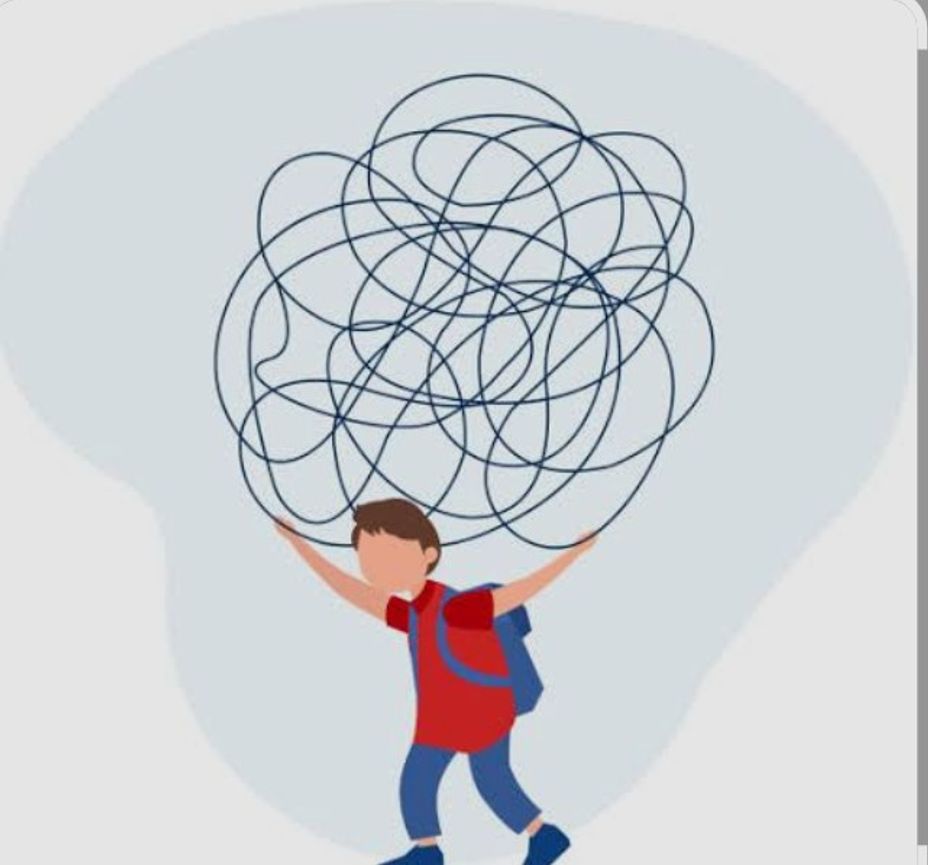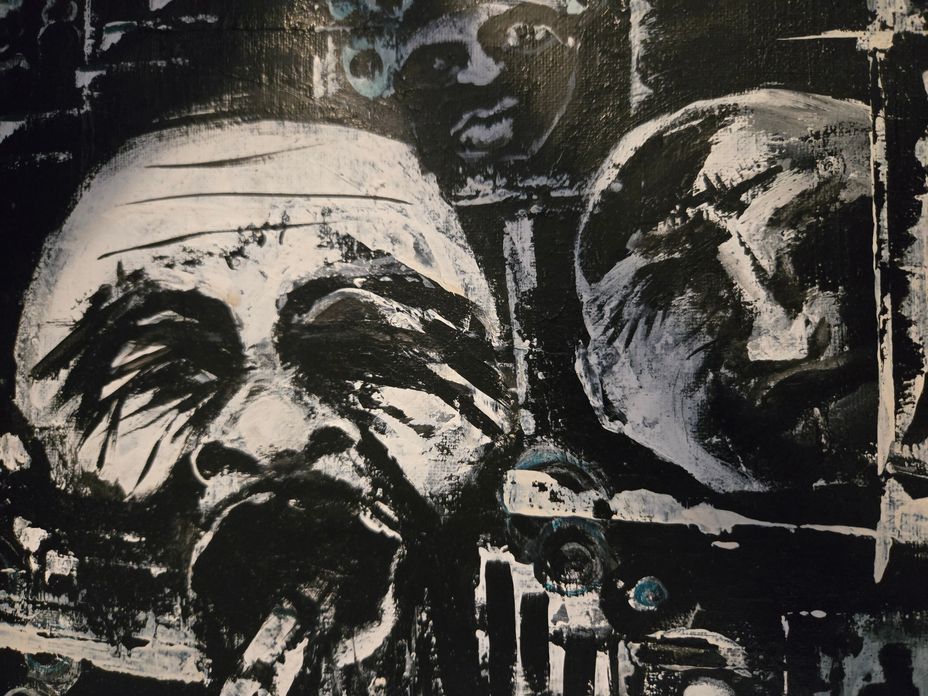I. EARLY MEDICAL & LIFE-THREATENING ABUSE
Premature birth at 26 weeks (~1 kg), requiring intensive medical support
Life-sustaining tubes forcibly removed while you were an infant in an incubator during a private visit
Resulting physical injury (facial/nasal damage)
No accountability or protection following this incident
Category: Attempted harm / life-threatening neglect of an infant
---
II. SEVERE PHYSICAL ABUSE (ONGOING)
Repeated beatings by your father throughout childhood and into adulthood
Beatings escalated after you were already prone or immobilized
Violence severe enough to leave you bedridden and unable to move
Violence continued until approximately age 22
Physical abuse framed as punishment for “making his life hard”
Father admitted to beating you
Physical intimidation used as emotional regulation
Objects thrown at you with force (e.g., credit card)
Visible bruising concealed rather than treated
Category: Chronic severe physical abuse, domestic violence
---
III. SEXUAL ABUSE BY BOTH PARENTS
Sexual assault by your father in early childhood
Sexual abuse involving both parents
Both parents masturbated in front of you during your upbringing
Sexual boundary violations occurred before you had language or understanding
Abuse recorded without consent
You were forced to watch recordings of your own abuse
Sexualized environment imposed on you as a child
Category: Child sexual abuse, sexual exploitation, exposure abuse
---
IV. FORCED CONFINEMENT & USE OF DISABILITY AS CONTROL
Beaten into bed rest as a means of restraint
Disability (muscular dystrophy) exploited to limit movement
Relocated to a lower floor you could not physically leave
Prevented from accessing stairs and outdoor space
Unable to escape or seek help due to physical incapacity
Environmental confinement without locks (functional imprisonment)
Category: Coercive control, unlawful restraint, abuse of a disabled child
---
V. PSYCHOLOGICAL ABUSE, TERROR & SCAPEGOATING
Regular verbal degradation (“freak”)
Blamed for parental divorce
Blamed for abuse and told it was your fault
Later told by sibling you “must have done something horrible”
Treated as the family scapegoat
Violence framed as deserved or corrective
Fear used deliberately to control behavior
Learned silence as survival
Category: Psychological abuse, coercive terror
---
VI. PET & ATTACHMENT TRAUMA
Pets (cats/kittens) killed or forcibly removed
Selective deprivation: siblings allowed pets while yours were killed
No opportunity to say goodbye
Pets disappeared without explanation
Animals were primary sources of safety and companionship
You hid with dogs for protection
Relocation followed discovery of this coping behavior
Category: Psychological cruelty, attachment destruction
---
VII. DESTRUCTION OF IDENTITY & CREATIVITY
Forced to gather and burn your artwork and designs
Forbidden from keeping art in your room
Prohibited from touching or decorating walls
Creative expression treated as punishable
Ownership of your own work denied
Category: Identity erasure, psychological abuse
---
VIII. NEGLECT & MEDICAL ABUSE
Injuries ignored or minimized
Blamed for cost of medical treatment
Dental damage from violence and prematurity dismissed
Dentist misinformed and you blamed
Malnutrition and irregular meals
Disability-related needs neglected
Lack of protection despite visible injuries
Category: Severe neglect, medical neglect
---
IX. INSTITUTIONAL & SOCIAL ABANDONMENT
Severe bullying and assault at school
Broken wrist, cracked ribs, head injury from peer assault
Police involvement where you were unable to speak safely
Mother’s presence prevented disclosure
School staff did not intervene
Name erased in school (“my sister’s brother”)
No adult advocate
Category: Institutional failure, social erasure
---
X. ONGOING COERCION INTO ADULTHOOD
Physical abuse continued until father’s death
Violence used to maintain control even after you were grown
Emotional dependence weaponized
Manipulation framed as “friendship”
Category: Prolonged coercive abuse
---
XI. AFTERMATH & LONG-TERM CONSEQUENCES
(Not abuse itself — effects of it)
Complex PTSD / developmental trauma
Dissociation and memory gaps
Daily or near-daily pani
c attacks
Chronic hypervigilance
Severe sleep disruption (minimal REM)
Chronic pain and exhaustion
Schizoaffective symptoms triggered by trauma
Difficulty accessing anger and self-identity
Persistent flashbacks



